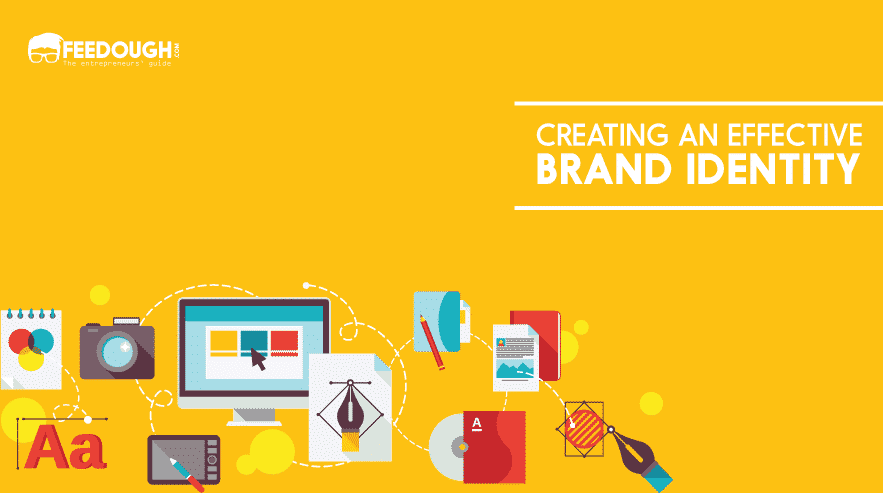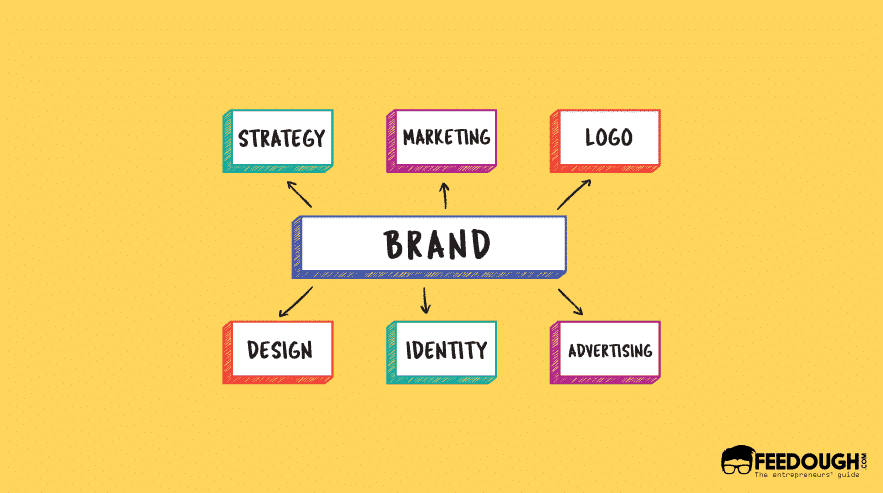Psychology and marketing are lifelong partners. A psychologist may not be a marketer but a good marketer always involve psychology in his marketing decisions. Marketing is no rule of thumb. It involves intense research on customers’ needs, wants, likes, preferences, etc. One of these psychological researches revealed the impact of different colours on customers mind.
Colour is involved in every aspect of branding and advertising. Whether it is your logo, your product label, collaterals, or advertisements, etc. Colour is one of the most important aspects which gives the brand a personality and helps in its positioning.
Colour works out as a silent message to the customer. Customer assumes your business to have certain characteristics if it has a certain colour. These assumptions are not the same for everyone though. Everyone has different perceptions for different colours depending on their personal experience, past, upbringing, community, religion, etc. Still, thanks to globalisation, there are some presumed qualities of certain colours which can be used to set up a brand personality.
Psychology of Colour Red

The energetic, aggressive, yet filled with emotion, red is a powerful colour. It has the longest wavelength and a characteristic of appearing to be nearer than it actually is.
Red depicts
- Love
- Aggression
- Strength
- Energy
- Excitement
- Emotion
Red is a physical colour. It creates a rush within the body. This colour makes us stop and look at it.
Companies in almost every niche use Red in their marketing activities
Coca Cola had to stand out of competition and hence used red for its branding. Everything was painted red to differentiate it from others. Red was a perfect colour as Coca-Cola was the new excitement when it was launched.
Funskool, which deals with children toys has its logo coloured red.
Red, because of its characteristic of appearing nearer than it is, is a perfect colour to be used for triggers like – Buy Now, Click Here, etc.

Psychology of Colour Blue

Blue is vast just like the sky. Blue is intellectual and unlike red, it soothes the mind. Blue is the true opposite of red. It has a characteristic of appearing farther than it is.
Blue depicts
- Intelligence
- Coolness
- Stability
- Trust
- Purity
- Vastness
- Serenity
Blue is calm. It soothes your mind. It is linked to consciousness and intellect.
Just like red, blue is also a versatile colour. But it is most common in Big IT companies.
Facebook is blue. IBM is the big blue. Samsung, HP, Dell, etc. everyone has blue in their logos.

Psychology of Colour Yellow

The colour of the sun. Yellow means happiness. Yellow is a powerful colour in inducing confidence, and self-esteem and other positive emotions.
Yellow depicts
- Happiness
- Friendliness
- Confidence
- Optimism
- Cheerfulness
- Creativity
- Spirit
Yellow has a long wavelength and is seen before any other colour.
Yellow is also the colour of creativeness. Companies dealing in children products tend to use yellow the most.
McDonald’s has a yellow-coloured logo. It shows how cheerful it is.
Ferrari shows its racing ‘Sprit’ through its yellow-coloured logo

Psychology of Colour Green

The colour of nature, Green represents balance and is peaceful just like nature.
Green depicts
- Peace
- Reassurance
- Universal love
- Energy
- Harmony
- Balance
- Equilibrium
- Reliability
- Growth
- Health
Green is also one of the most seen color. We tend to relate it with nature. Hence, green has all the properties of nature.
Animal Planet deals with nature, hence the green logo.
The juice brand Tropicana wants the users to know that the juice is natural. Hence the green logo
Spotify has songs from all over the world. It is everywhere.

Psychology of Colour Black

Black is an intense colour. It is the colour of sophistication, seriousness and deepness.
Black Depicts
- Sophistication
- Glamour
- Reserved
- Seriousness
- Control
- Clarity
- Efficiency
Black is the colour of the class. Black is the absence of colour. Hence, it has the capability to absorb energy. Black shows clarity.
Black doesn’t stand out. It’s a recessive colour. But it doesn’t have any hidden meaning. Black’s black. This makes people trust it.
Black is used by niche companies to state the motto ‘We are who we are’
Nike, Adidas, Wikipedia, etc. are examples of companies using black in their logo.

Psychology of Colour White

White is pure. It consists of every colour and hence has many meanings.
White depicts
- Equality
- Purity
- Simplicity
- Cleanliness
- Clarity
White is the perfect opposite of black. It reflects everything. It shows clarity and flawlessness. White is often used with black and other colours in the logos.
Psychology of Colour Violet

Violet has the power of red combined with the intellect and stability of blue. Violet is a spiritual colour. It soothes.
Violet depicts
- Spirituality
- Royalty
- Mystery
- Vision
- Calmness
- Truth
- Authenticity
Many companies which stand out as being original and different use violet in their logos. Example – Cadbury, Yahoo!, Taco Bell, etc.

Psychology of Colour Orange

When red’s power is combined with yellow’s confidence, we come up with motivating Orange.
Orange depicts
- Warmth
- Motivation
- Fun
- Food
- Comfort
- Freedom
Orange is the colour of positivity. It lends motivation to lift up, add up fun to a dull or boring place, and is comforting to see at.
Nikelodeon and Fanta wanted their logos to represent fun. Blogger.com wanted their users to feel the ease with which they can blog on its platform.

Psychology of Colour Brown

Brown is a protector. It represents the earth. Brown can be seen everywhere and that too in things that are solid. Hence we tend to associate it with power and support.
Brown depicts
- Support
- Seriousness
- Reliability
- Power
- Nature
Brown is a mixture of red, yellow, and black. It has the power of red, warmth of yellow, and the seriousness of black. Most of the time it is used to represent products coming from nature too.
Go On, Tell Us What You Think!
Did we miss something? Come on! Tell us what you think of this article on Psychology of colors in the comments section.
A startup consultant, digital marketer, traveller, and philomath. Aashish has worked with over 20 startups and successfully helped them ideate, raise money, and succeed. When not working, he can be found hiking, camping, and stargazing.
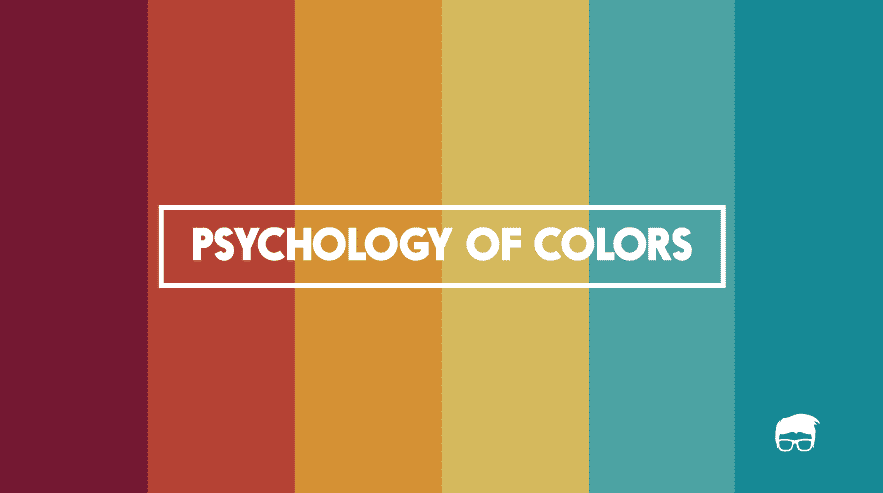
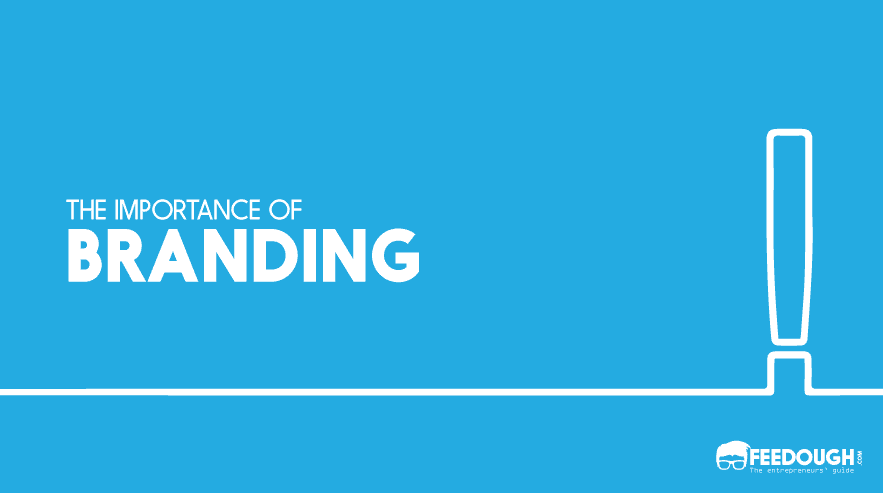
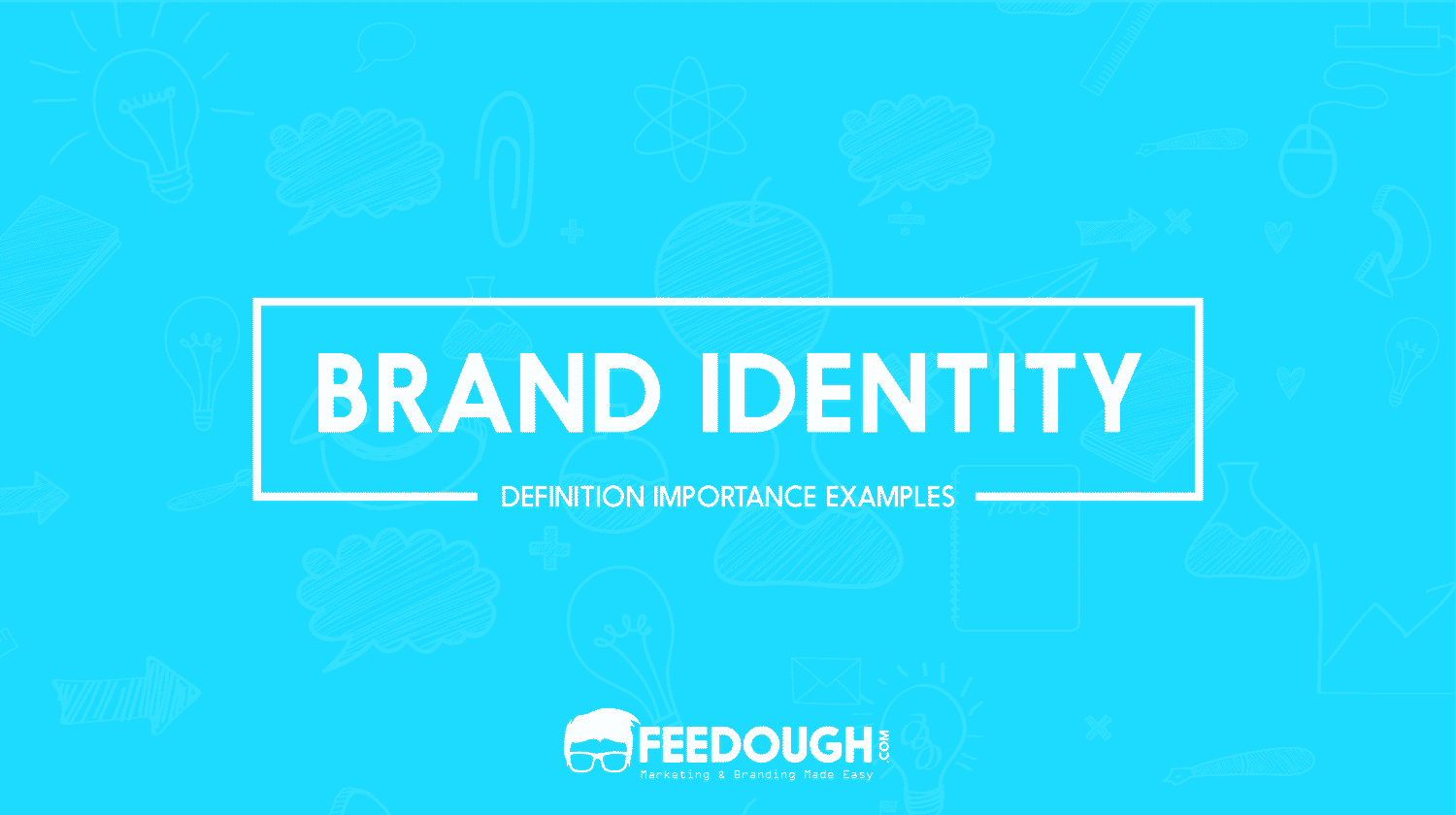
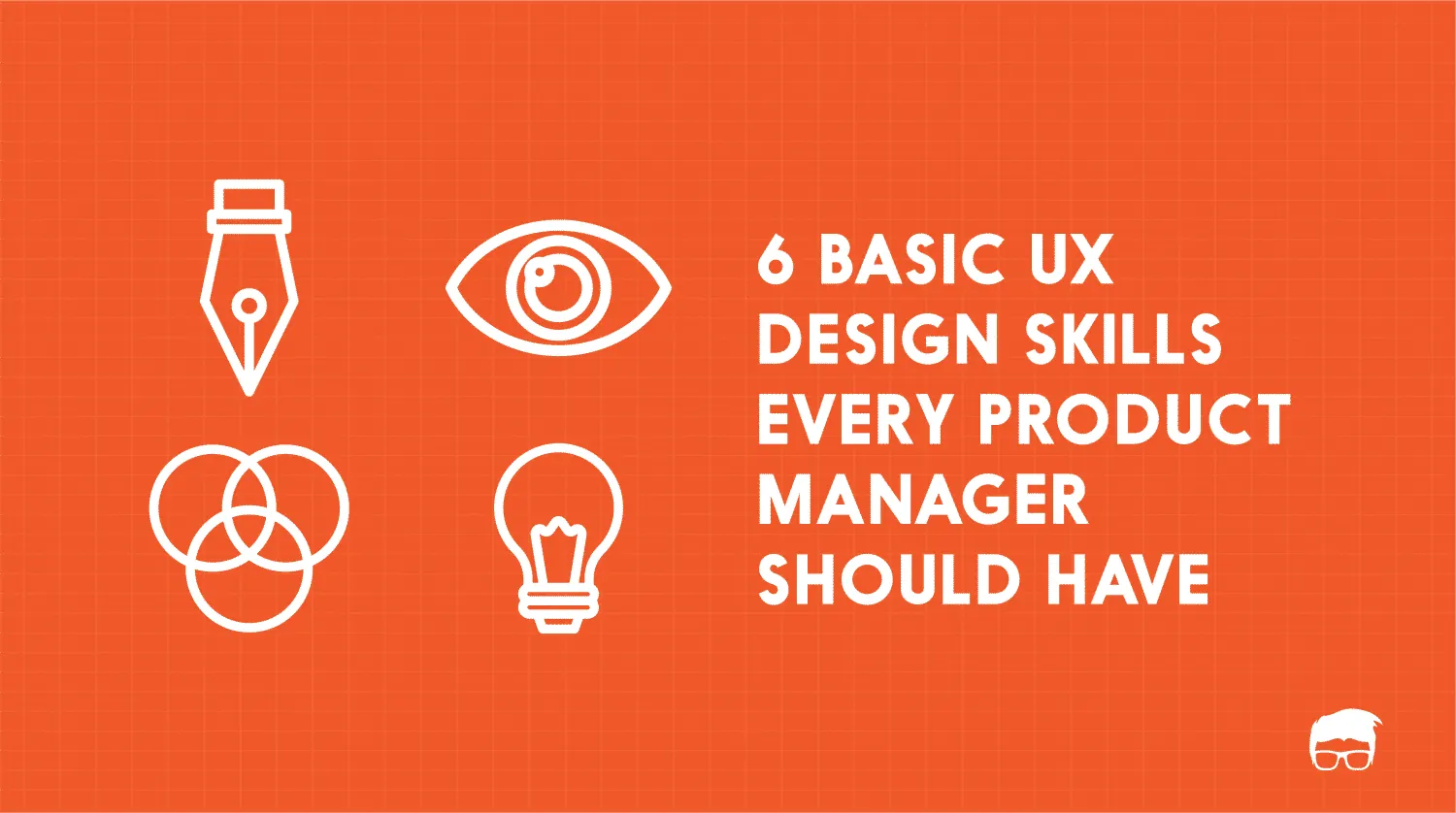
![What Is Visual Identity? [Detailed Guide] visual identity](https://www.feedough.com/wp-content/uploads/2022/09/visual-identity.webp)


